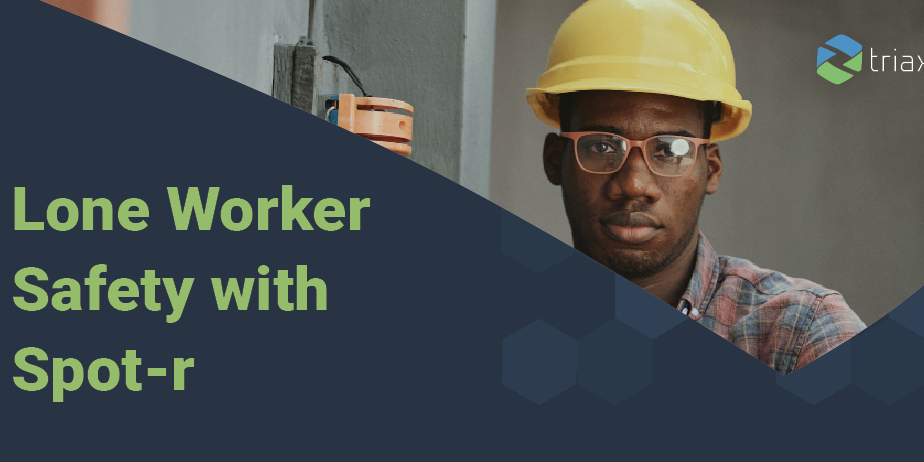Workers who are isolated from other people on a job site—security staff, lone workers, and specialists with jobs in hazardous areas—are especially at risk of injury or sudden accident and represent a challenge to existing safety protocols. Existing processes often involve adding another person; safety watches, timed check-ins, and paper-based processes that fail to alert.
The Example: A Lone Worker in Anaphylaxis
John S., the safety coordinator for a Fortune 500 agricultural company, had a job which required extensive solitary outdoor work. With a lifelong anaphylactic allergy to bee stings, he was always prepared for unfortunate accidents, but when out of his truck for a quick site visit, he got stung by a bee & instantly realized he’d left his epi-pen in the vehicle. Very quickly he realized that he was too light-headed and short of breath to make it back to the truck. In most work environments, this story would have had a terrible ending.


